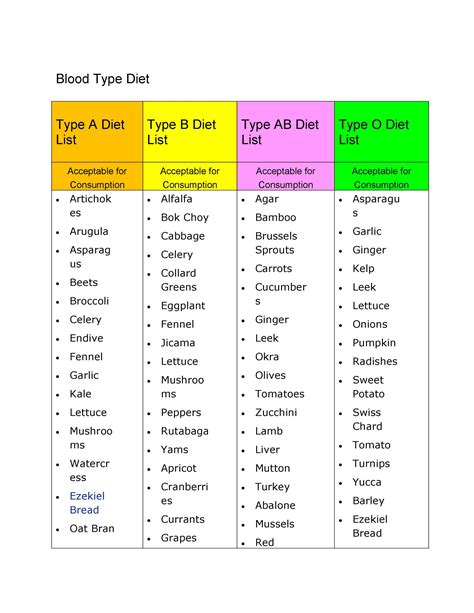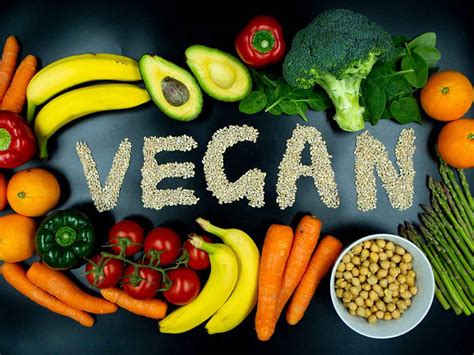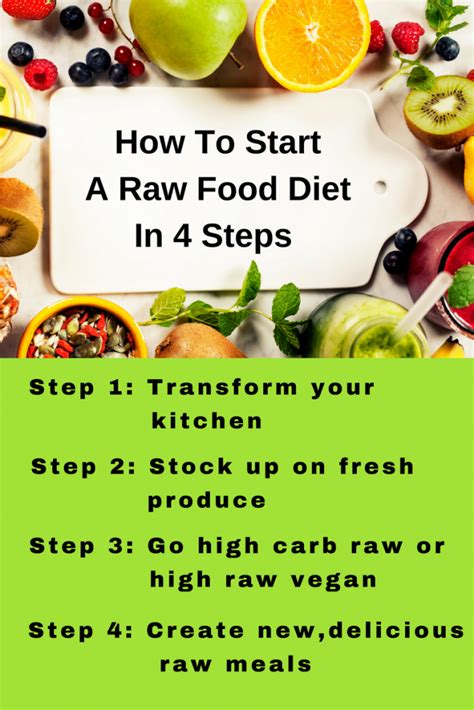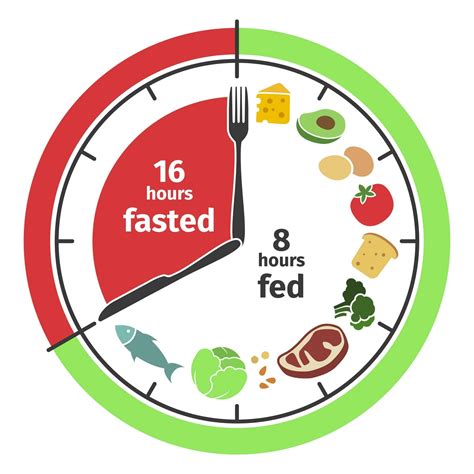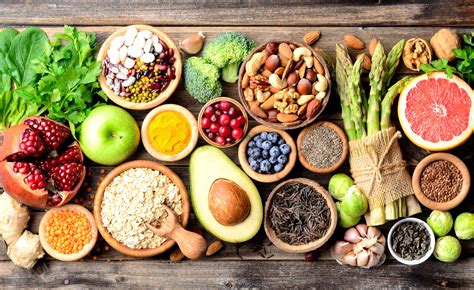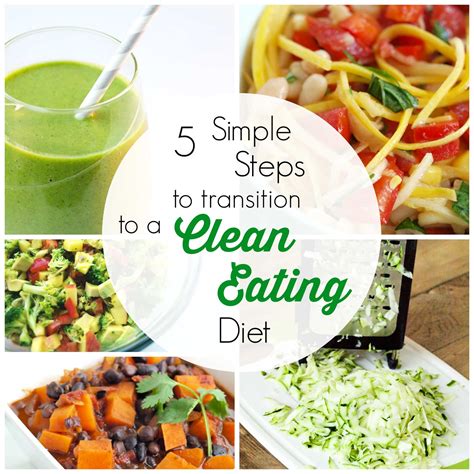Learn about the benefits of the Eat-Clean Diet, plan your meals, and shop for groceries while cooking clean and healthy meals. Understand the principles of clean eating.
Understanding Eat-Clean Diet
Contents
The Eat-Clean Diet is a way of eating that focuses on consuming whole, unprocessed foods while avoiding processed and refined foods. It is not just a diet, but a lifestyle that promotes overall health and well-being. The main principle of the Eat-Clean Diet is to eat foods in their natural state, without added chemicals, preservatives, or artificial ingredients. This means choosing organic fruits and vegetables, lean proteins, healthy fats, and whole grains.
By following the Eat-Clean lifestyle, individuals can improve their overall health, lose weight, and have more energy. The diet emphasizes the importance of consuming nutrient-dense foods that provide essential vitamins, minerals, and antioxidants. It also promotes a balanced approach to eating, focusing on portion control and mindful eating.
One of the key aspects of the Eat-Clean Diet is to avoid processed and refined foods, including packaged snacks, sugary beverages, and high-fat, high-sugar desserts. Instead, individuals are encouraged to eat whole foods such as fruits, vegetables, lean proteins, and whole grains. This approach can help reduce the risk of chronic diseases such as obesity, heart disease, and diabetes.
Overall, the Eat-Clean Diet promotes a balanced and sustainable approach to eating, focusing on whole, unprocessed foods that nourish the body and support overall health and well-being.
Planning your Clean Eating Meal
When it comes to clean eating, the key is in the planning. Without proper planning, it can be easy to fall back into old habits and reach for unhealthy convenience foods. To start planning your clean eating meal, begin by making a list of your favorite clean and healthy foods. This will serve as the foundation for your meal planning.
Next, consider your schedule for the week. Are there days when you have more time to prepare meals, and days when you are busier? By taking into account your schedule, you can plan accordingly, opting for quick and easy meals on busy days, and more elaborate dishes on days when you have more time.
Once you have a list of favorite foods and an understanding of your schedule, it’s time to create a meal plan for the week. This can be as simple as jotting down what you will have for breakfast, lunch, and dinner each day, making sure to incorporate a balance of protein, healthy fats, and fiber into each meal.
After creating your meal plan, it’s time to make a grocery list. Take stock of what you already have at home and make a list of the items you will need to purchase to create your planned meals. Stick to the perimeter of the grocery store, as this is where the fresh, whole foods are typically located.
Grocery Shopping for Clean Eating
Grocery shopping for clean eating can seem overwhelming at first, especially if you’re used to buying processed or convenience foods. However, with a little planning and the right mindset, it can become a simple and enjoyable task. When you’re out grocery shopping, it’s important to focus on buying fresh, whole foods that are as close to their natural state as possible.
One way to start is by making a list before you go to the store. Take a look at your clean eating meal plan for the week and make a list of all the ingredients you’ll need. This will help you to avoid impulse buys and ensure that you have everything you need to make healthy meals at home.
When you’re in the store, spend most of your time in the outer aisles, where the fresh produce, lean meats, and dairy products are usually located. These are the foods that should make up the bulk of your clean eating diet. Avoid processed foods and sugary snacks that are found in the inner aisles.
Another useful tip for grocery shopping for clean eating is to read labels carefully. Just because something is marketed as healthy doesn’t mean it actually is. Look for products with minimal ingredients and avoid those with added sugars, unhealthy fats, and artificial additives.
Finally, don’t be afraid to explore new foods and try out different recipes. Shopping for clean eating can be a great opportunity to discover fresh fruits, vegetables, and whole grains that you may not have tried before. Embracing a variety of foods will help you to stay motivated and excited about your clean eating journey.
Cooking Clean and Healthy Meals
When it comes to the Eat-Clean diet, one of the most important aspects is cooking clean and healthy meals. This involves preparing and cooking meals using fresh, whole, and unprocessed ingredients. By doing so, you can ensure that your meals are rich in essential nutrients and free from additives, preservatives, and unhealthy fats.
One way to cook clean and healthy meals is to focus on incorporating plenty of fresh fruits and vegetables into your dishes. These nutrient-dense foods not only add flavor and color to your meals but also provide a wide range of vitamins, minerals, and antioxidants that are essential for good health.
Another important aspect of cooking clean and healthy meals is to use cooking methods that preserve the nutritional integrity of the ingredients. Opt for steaming, grilling, roasting, or sautéing instead of deep-frying or using excessive amounts of oil. These methods help to retain the natural flavors and nutrients of the foods without adding unnecessary calories or unhealthy fats.
Furthermore, choosing lean sources of protein such as chicken, fish, tofu, or legumes is essential for cooking clean and healthy meals. These protein sources are lower in saturated fat and cholesterol compared to red meat and processed meats. By including them in your meals, you can ensure that your diet is balanced and nutritious.
In addition to these tips, it’s also important to minimize the use of added sugars, salts, and processed ingredients in your cooking. Instead, rely on natural seasonings and herbs to enhance the flavors of your meals. By doing so, you can create clean and healthy meals that promote overall well-being and vitality.
Benefits of Eat-Clean Diet
The Eat-Clean Diet focuses on consuming whole, unprocessed foods that are as close to their natural state as possible. By eliminating processed and refined foods, you can enjoy a wide range of health benefits, including improved digestion, better energy levels, and enhanced mental clarity. Additionally, the Eat-Clean Diet can help you manage your weight more effectively, reduce your risk of chronic diseases, and support overall well-being.
One of the key benefits of the Eat-Clean Diet is that it encourages the consumption of nutrient-dense foods. These foods are packed with essential vitamins, minerals, and antioxidants that support optimal health. By fueling your body with nutrient-dense foods, you can boost your immune system, promote healthy aging, and protect against inflammation-related conditions.
Another advantage of embracing the Eat-Clean Diet is its positive impact on mental health. Research has shown that a diet rich in fresh fruits, vegetables, lean proteins, and healthy fats can help improve mood, reduce stress, and support cognitive function. By nourishing your body with clean, wholesome foods, you can enhance your overall sense of well-being.
In addition to the physical and mental benefits, the Eat-Clean Diet can also have a positive impact on your skin. The high antioxidant content of whole foods can help protect your skin from damage caused by free radicals, support collagen production, and promote a healthy, radiant complexion. By prioritizing clean eating, you can achieve a natural glow from the inside out.


